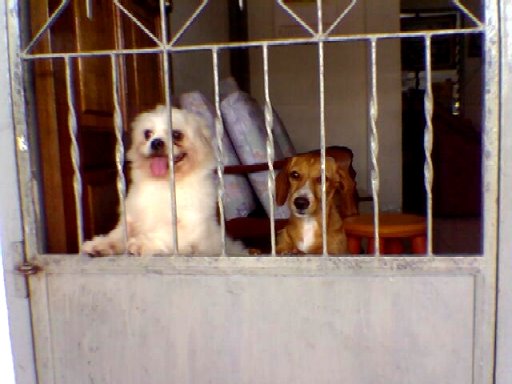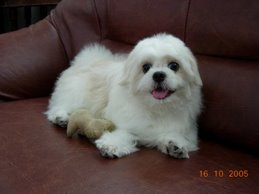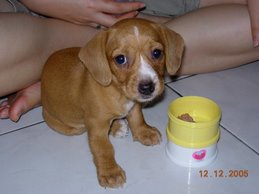Use Agility To Build Confidence In Your Dog
If your dog is timid around people or other dogs, then agility training can to build confidence in your dog. An agility class is a great place to learn about the sport and how to train your dog. But it may take some time before it is ready from your lap or under the chair.
A shy dog can only learn when it is inside its comfort zone. So all training must start where it feels safe, and all learning must be done in small increments. The best place for training and learning is probably the home.
But how do you train your dog at home? You need two things: guidelines and equipment. You can find multiple websites with information on agility training. Other options are books and videos with details, visual aids and lesson plans for both beginners and experts.
You can find a lot of equipment that is helpful and useful to have at home for dog training. All the equipment recommendations are based on location of training and the available space. Do you e.g. have a large yard with room for 10 obstacles? Or do you only have a small yard, so you have to tear down the equipment before you can setup something else up? Will the training be in the basement or garage; or maybe in the living room?
When you are training a timid dog the equipment has to be sturdy and safe. A pause table is a good starting point for dog training. Buy a 12" high pause table, which is good for dogs in all sizes. Set it up in a familiar area, if your dog is shy. You can leave it in the house or yard for a couple of days, if your dog is the barking type. Then it can smell and inspect it in its own pace. Always remember to use baby steps training an insecure dog.
To encourage it to get up on the table you can use treats or its favorite toy. And remember it may well take several lesson. If it loses interest, you should try something new like placing yourself on the table. Then you can either hold it or have it on leash, while you are sitting on the table. But remember only to treat it when it comes against you. Never reward it, when it is pulling away.
When the dog gets more experienced, you might want the dog to jump on the table using a cue word like Table, stay on the table as you back away with the word Stay and Come to you, when you call. You should extend the distance slowly, not pushing the dog to hard.
Following the above instructions, you can slowly introduce new obstacles. When it is able to succeed new pieces of equipment, you will see its confidence grow.
A shy dog can only learn when it is inside its comfort zone. So all training must start where it feels safe, and all learning must be done in small increments. The best place for training and learning is probably the home.
But how do you train your dog at home? You need two things: guidelines and equipment. You can find multiple websites with information on agility training. Other options are books and videos with details, visual aids and lesson plans for both beginners and experts.
You can find a lot of equipment that is helpful and useful to have at home for dog training. All the equipment recommendations are based on location of training and the available space. Do you e.g. have a large yard with room for 10 obstacles? Or do you only have a small yard, so you have to tear down the equipment before you can setup something else up? Will the training be in the basement or garage; or maybe in the living room?
When you are training a timid dog the equipment has to be sturdy and safe. A pause table is a good starting point for dog training. Buy a 12" high pause table, which is good for dogs in all sizes. Set it up in a familiar area, if your dog is shy. You can leave it in the house or yard for a couple of days, if your dog is the barking type. Then it can smell and inspect it in its own pace. Always remember to use baby steps training an insecure dog.
To encourage it to get up on the table you can use treats or its favorite toy. And remember it may well take several lesson. If it loses interest, you should try something new like placing yourself on the table. Then you can either hold it or have it on leash, while you are sitting on the table. But remember only to treat it when it comes against you. Never reward it, when it is pulling away.
When the dog gets more experienced, you might want the dog to jump on the table using a cue word like Table, stay on the table as you back away with the word Stay and Come to you, when you call. You should extend the distance slowly, not pushing the dog to hard.
Following the above instructions, you can slowly introduce new obstacles. When it is able to succeed new pieces of equipment, you will see its confidence grow.
About the Author:
Martin Elmer is the editor of Hundefan - a website about tilbehoer til hunde. Here you can also read about hundeseler.














.jpg)






.jpg)

0 comments:
Post a Comment